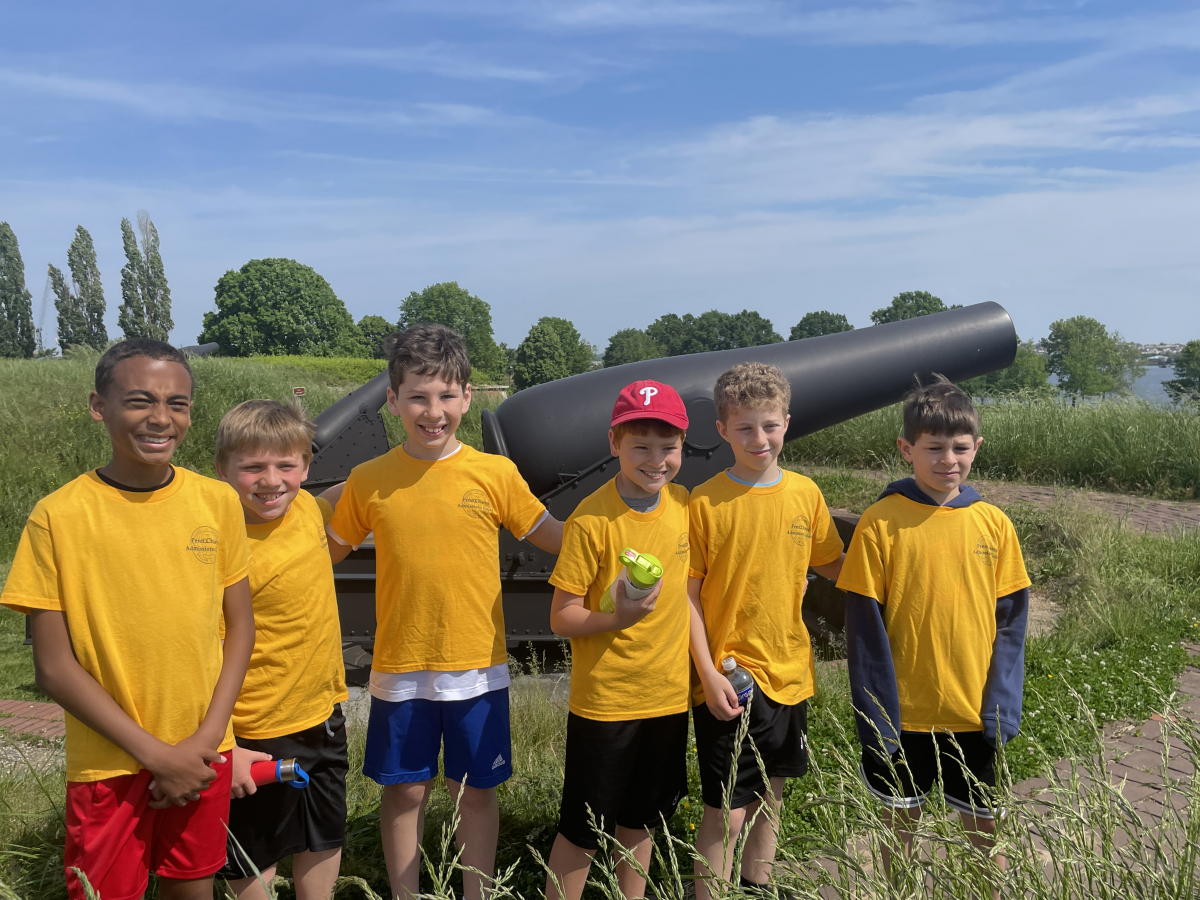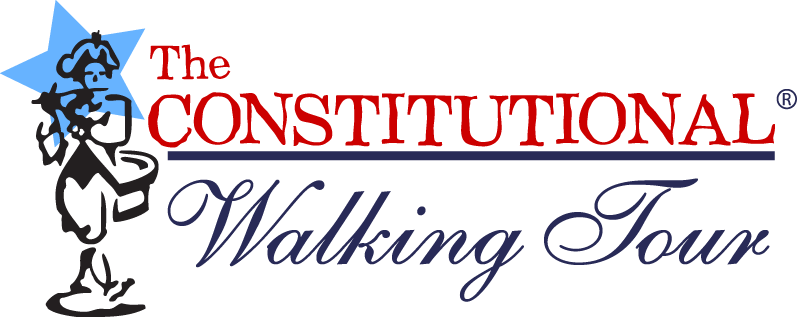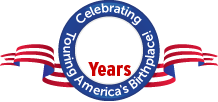Related Posts:
- Buy Tickets for The Constitutional Walking Tour of Philadelphia – See 20+ Sites on a Primary Overview of Independence Park, including the Liberty Bell and Independence Hall
- James McHenry - One of America's Founding Fathers
The Birthplace of the National Anthem
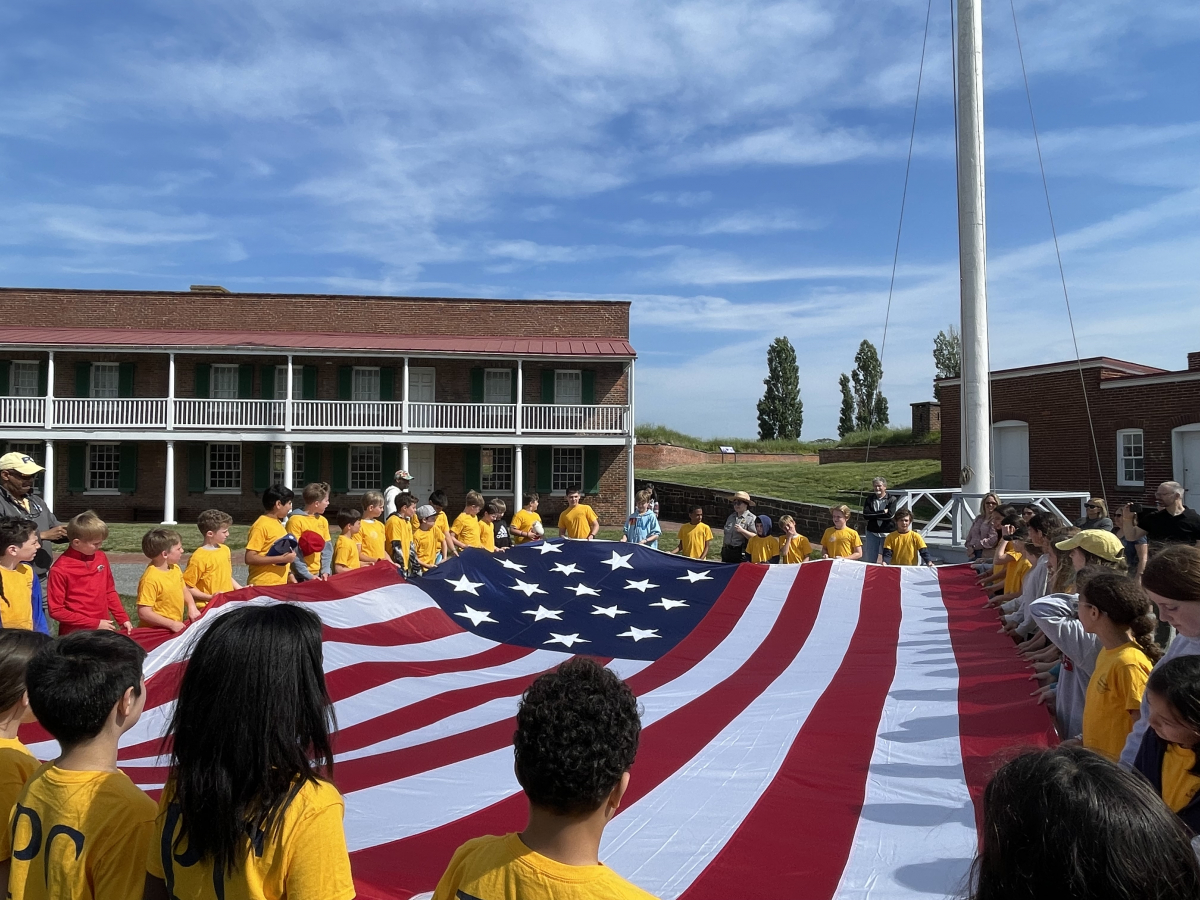
The History
During the American Revolutionary War, the city of Baltimore was protected from naval attack by a fort constructed at the very edge of the narrow entry into Baltimore Harbor named Fort Whetstone. Hastily constructed in 1776, by 1797, Fort Whetstone was in poor condition. Although it was not currently wartime in America, tensions remained high with the British and were rising with the newly established French First Republic. It was determined that America’s third largest city needed updated protection in case war broke out and plans were made to update/replace Fort Whetstone. Upon its completion in 1803 the new fort was dubbed Fort McHenry in order to pay tribute James McHenry, an important statesman who represented Maryland at the Constitutional Convention and served as the Secretary of War.
With the declaration of war against England in 1812, Fort McHenry became vital to the defense of America during the War of 1812. British forces were able to enter the Chesapeake Bay in relatively short order and from there, the might of the British Navy wreaked havoc on the many significant cities in the area. Most famously, American forces suffered a humiliating defeat at the hands of the British at the Battle of Bladensburg which resulted in the British capture and burning of America’s capital, Washington D.C. in 1814.
Throughout it all though, Fort McHenry was able to keep the British Navy out of the Port of Baltimore and protect the crucial port city. But with D.C. captured and in flames, the British turned their full attention to Baltimore with the aim of finally taking the city. By September 13, 1814, thousands of British soldiers had been assembled northeast of Baltimore and stood waiting to take the city. For that to happen though, first the British Navy would have to overcome the defenses of Fort McHenry. The richest and most powerful Navy in the world sent an incredible force of bomb and rocket ships which proceeded to rain bomb after bomb on Fort McHenry in an offensive assault that lasted over 24 hours. But by the morning of September 14th the ships had exhausted their ammunition and incredibly Fort McHenry still held strong. The British were eventually forced to retreat and shortly afterward the Treaty of Ghent ended the War of 1812.
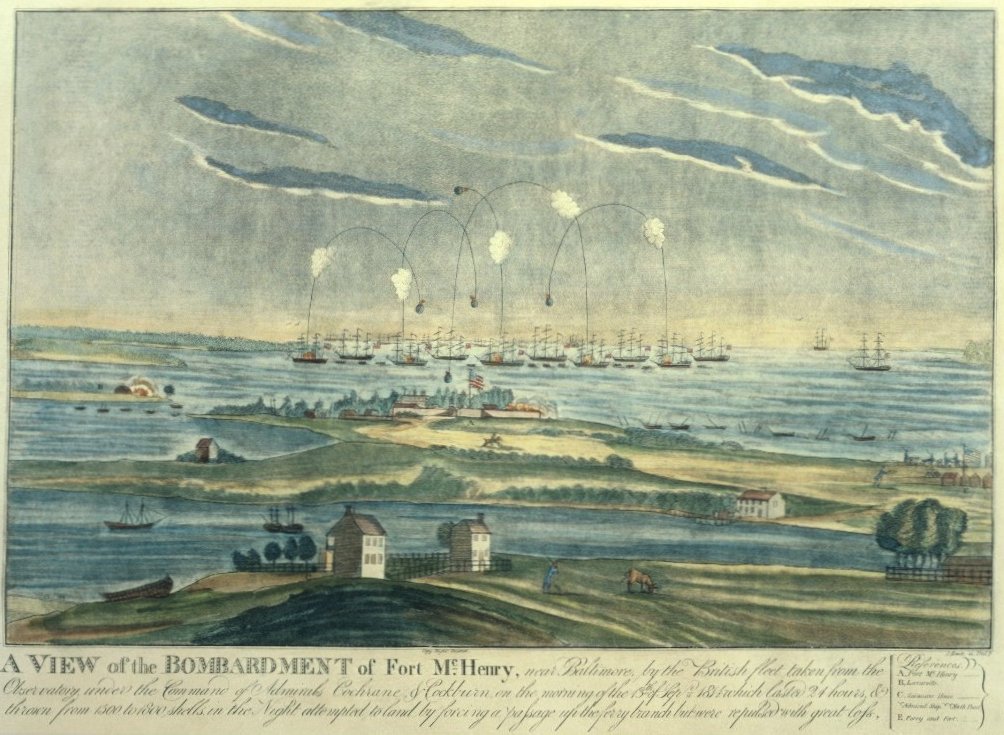
The Star Spangled Banner
On the evening of September 13th, Francis Scott Key was aboard a ship in the Chesapeake Bay. Key was an American Lawyer who had traveled to Baltimore to secure the release of his friend who had been taken prisoner by the British. His friend was Dr. William Beanes who had treated injured British prisoners of war throughout the War of 1812. Key had gotten many of these prisoners to write letters of support for his friend and the kind treatment Dr. Beanes had provided them while they were imprisoned. Key was successful in using the letters to convince the British to release Dr. Beanes, but on his return, he got caught up in the battle to take Fort McHenry.
From a distance, out in the Bay, Key was able to see Fort McHenry. Due to the siege, all of the lights in the city of Baltimore were out and it was a very dark night. But the glow of exploding bombs allowed him to see Fort McHenry well enough to see the American Flag it flew. The flag was a variant of the American Flag that has come to be known as the Star-Spangled Banner that had 15 stars and 15 stripes as two of each were added to the original flag with the addition of Vermont and Kentucky as states. Each time a bomb exploded Key was able to see the flag and confirm that the Americans still held the fort. But then sometime before dawn, the explosions stopped, and Key could no longer see Fort McHenry or its flag. Key anxiously awaited the dawn to find out who had won the battle, and he was filled with joy as he saw the Star-Spangled Banner flying proudly as day broke.
Inspired by the scene, Key immediately began to write a poem which was originally published under the title “Defence of Fort M’Henry.” Within days Keys lyrics were set to the tune of “The Anacreonitic Song” by English Composer John Stafford Smith. The song quickly became popular and was used frequently in parades and American military celebrations. But it did not officially become the National Anthem of the United States until 1931.
How to Visit
Today Fort McHenry is a United States National Monument and Historic Shrine and is operated by the National Park Service. Entrance to Fort McHenry currently costs $15 for all visitors over the age of 16. Children under 16 are free and if you have an America the Beautiful Pass, you can use that pass and pay no additional fees.
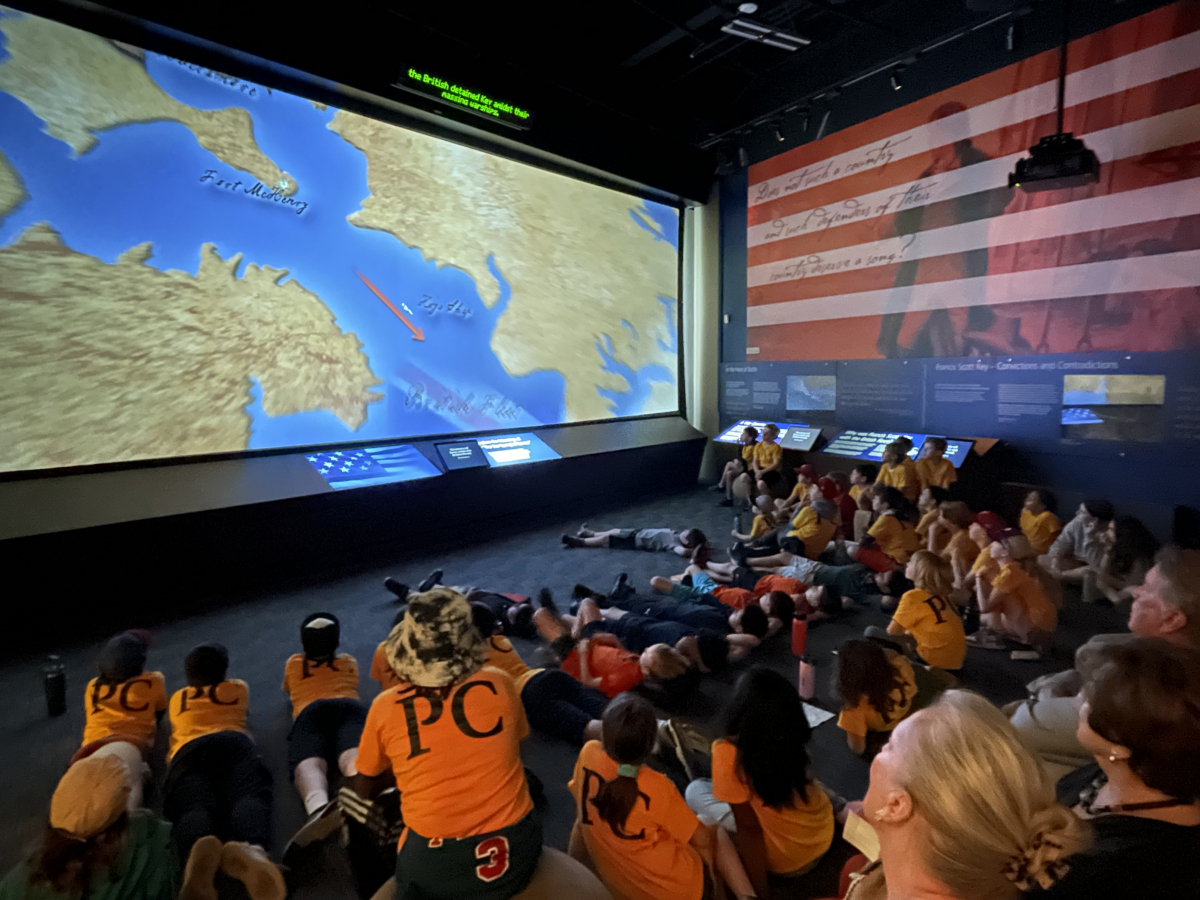
Start your experience at the Visitor Center where a ten minute orientation film on the Battle of Baltimore and the writing of “The Star-Spangled Banner” can be watched to give historic background for the Fort you are about to enter. You can also get a Junior Ranger Booklet that children can complete while they tour Fort McHenry. Children who complete the Junior Ranger Booklet will be able to receive a Junior Ranger patch and Junior Ranger certificate and be officially sworn in as a Junior Ranger.
Once inside Fort McHenry you will be truly standing in the historic fort that defended Baltimore 200 years ago. Over 80% of the brick is original and great effort has been made to restore the fort to how it would have looked in 1814 when Francis Scott Key watched the fort survive the British attack. Self-guided tours can give historical context to the different parts of the Fort and their significance. There are also National Park Rangers stationed throughout the fort that can answer any questions you may have.
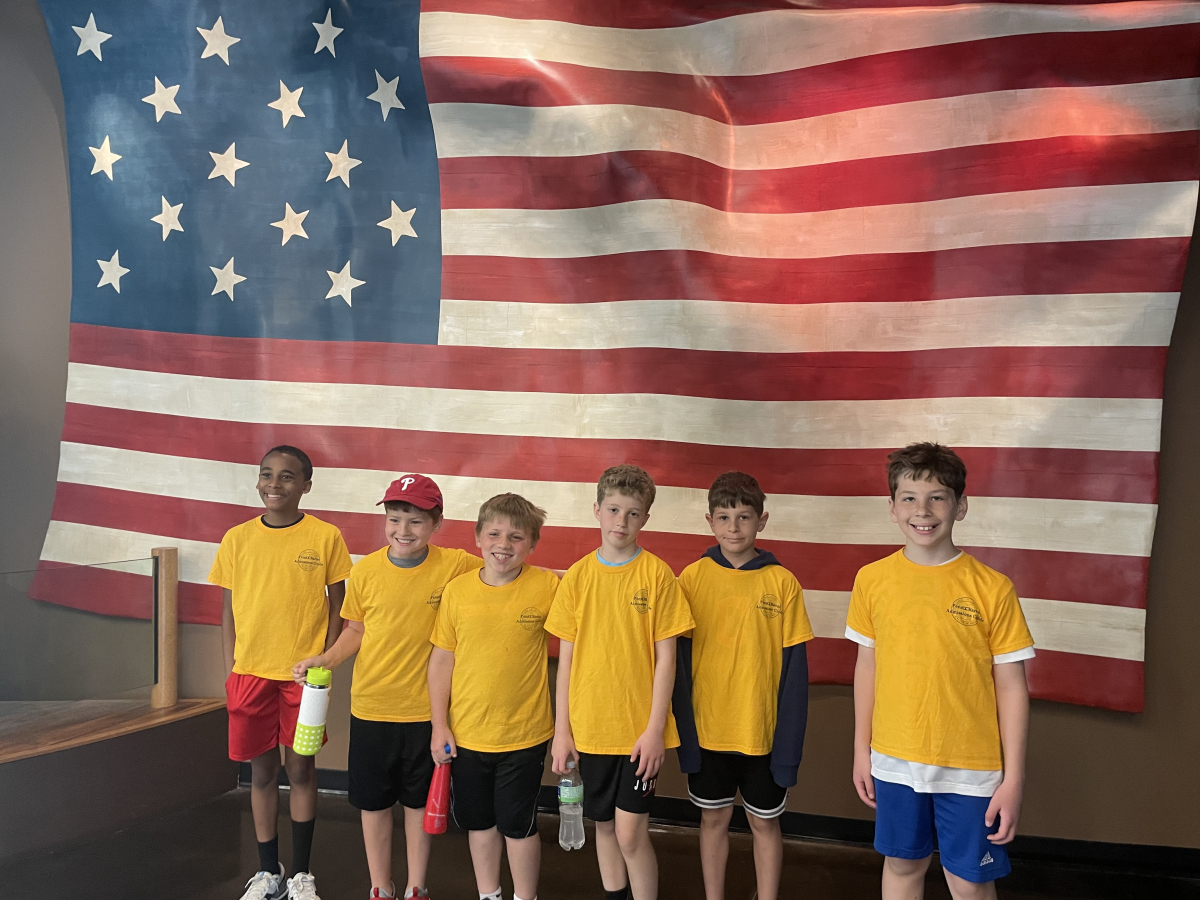
East Coast Road Trip
A road trip of America’s East Coast works great because most of the major cities are located so close to one another and are an easy commute by car or train. Amtrak provides frequent service to cities located between Boston, MA and Washington, DC.
Sometimes overlooked on an East Coast Road Trip, Baltimore should not be missed! Aside from Fort McHenry there are numerous attractions to see and charming historic neighborhoods to visit. Baltimore’s inner harbor serves as a hub for many of the city’s major attractions including the National Aquarium in Baltimore. The National Aquarium is one of the nation's finest aquariums and has exhibits that include thousands of animals. Baltimore’s World Trade Center is also nearby and it’s “Top of the World” observation level provides picturesque views of the City of Baltimore and the Chesapeake Bay.
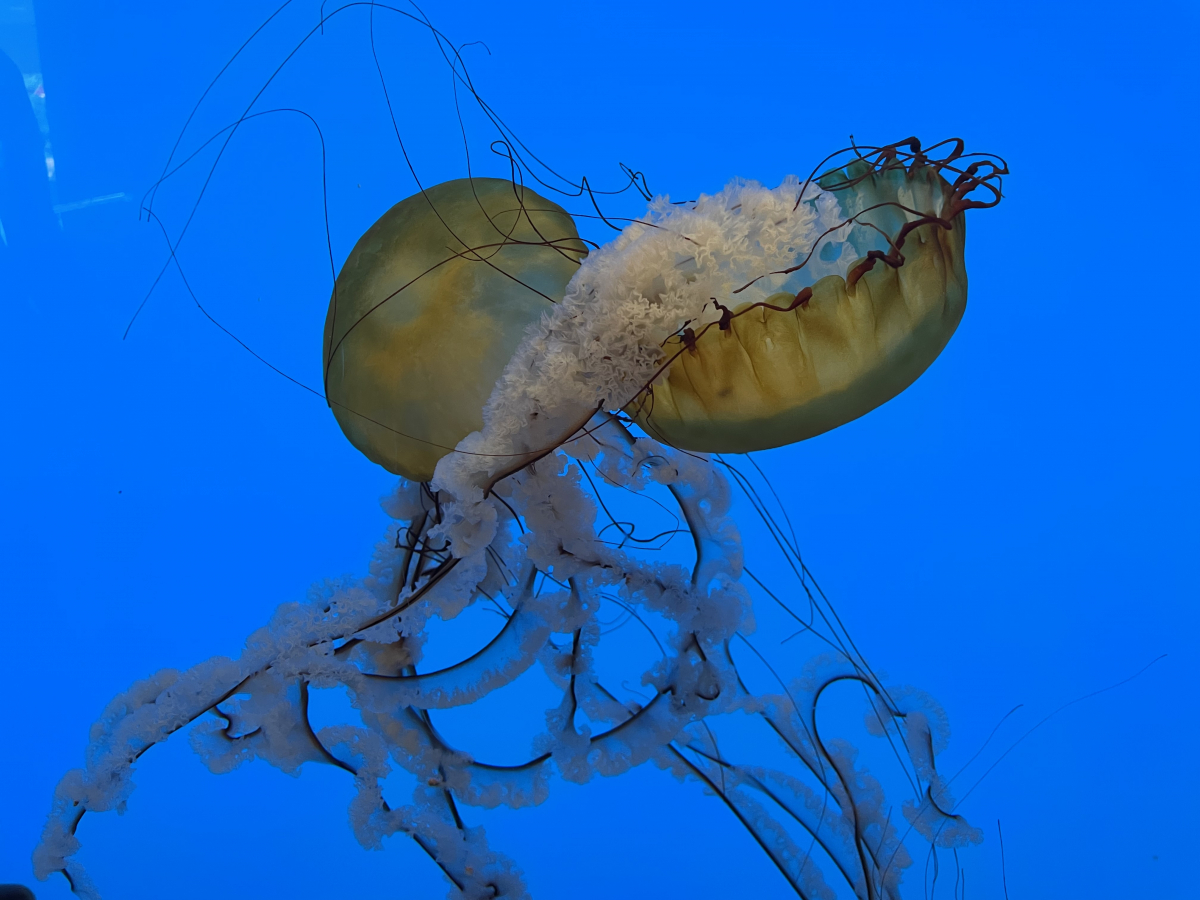
Hours
The Fort McHenry National Park grounds are open Daily 9AM to 5PM throughout most of the year and from 7AM to 6PM in the summer between Memorial Day and Labor Day. The actual historic Fort McHenry itself is open from 9AM to 4:45PM throughout most of the year with extended hours on summer weekends from 9AM to 5:45PM.
Additional Information
Fort McHenry
2400 East Fort Avenue
Baltimore, MD 21230
410.962.4290 EXT250
www.NPS.gov/FOMC
